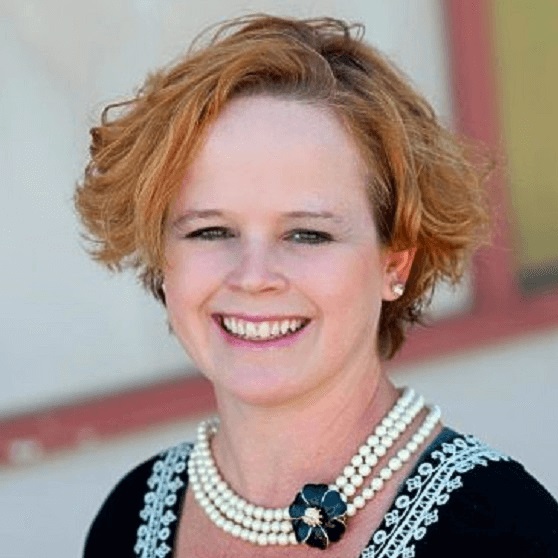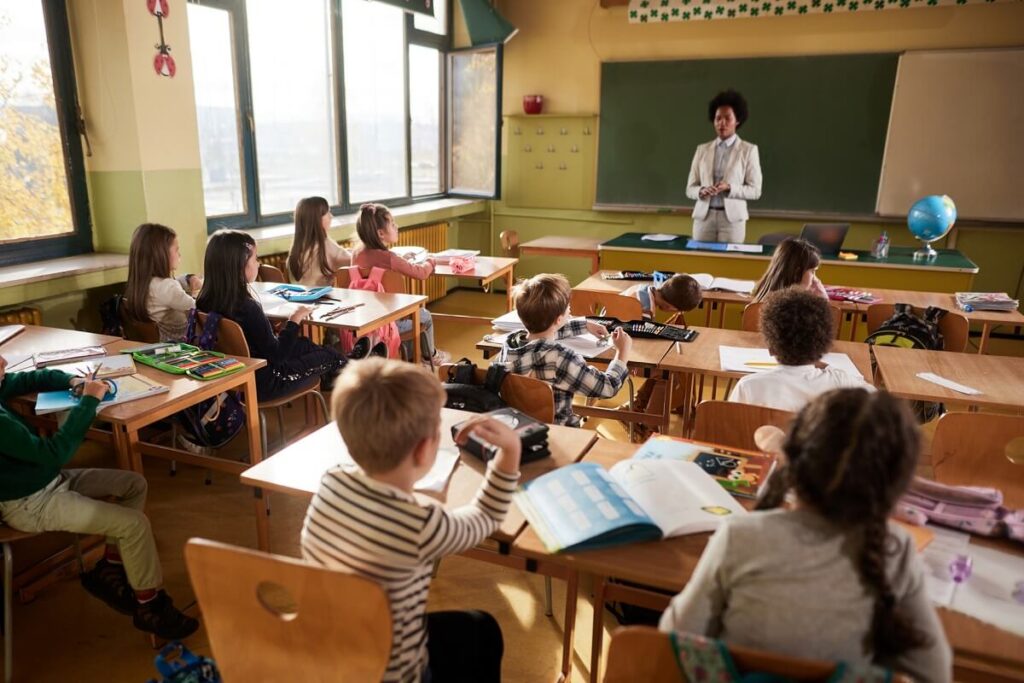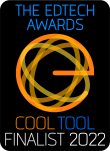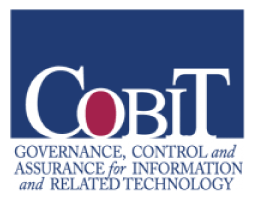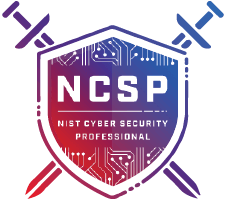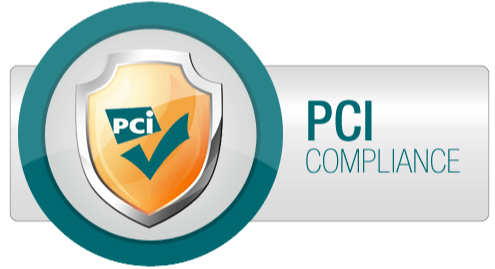A Review of Supports for Social and Emotional Learning in American Schools and Classrooms: Findings From the American Teacher Panel
A strong, evidence-based curriculum paired with strategies for implementation is essential for an effective and consistent SEL adoption, the known benefits of which grow with every study and survey conducted.
Christina Whalen , Ph.D., BCBA-D Tweet
What do educators think about social-emotional learning (SEL)? Laura S. Hamilton and Christopher Joseph Dross felt that was a question worth answering. They recently released information from the American Teacher Panel on a 2019 Survey and found that:
- Most teachers were confident they could improve SEL for their students but felt that variables outside their control had a greater influence on students’ SEL than they could counteract.
- SEL curriculum is more commonly implemented in elementary schools. Secondary school educators more commonly relied on informal community engagement, check-ins with students, and involving students in school decisions.
- Educators who thought their state or district has adopted SEL standards used SEL practices more than those that thought they did not. Additionally, educators with SEL professional development opportunities used SEL practices more than those without, this was also reflected in educators’ sense of overall well-being.
Let’s break down these takeaways into some useful strategies, tools, and practices that can be used by educators, administrators, and parents & caregivers.
Variables Outside Their Control
The pressure on teachers to improve students’ academic performance makes spending time on SEL in the classroom challenging. This highlights a problem: Students have a social emotional need, but the time, resources, and prioritization have not been given to meet it. The greatest influence on student wellness outside the classroom is their home life, this is advantageous when parents and caregivers have the right tools:
Bring the Lesson Home:
- Engaging in SEL activities at home greatly improves a student’s understanding of the principal at play in the lesson. Engagement is improved when the principal is displayed in action.
- RethinkEd SEL provides home connection letters to help parents and caregivers reinforce SEL learning that students are doing in the classroom.
- Home connections include conversation prompts, exercises, and activities that adults can do with their child to promote, develop, and reinforce a new SEL skill.
Elementary vs Secondary
While social emotional learning curriculums for secondary students should include community engagement exercises, opportunities to check-in with students, and activities designed to practice responsible decision-making, these alone do not make up an effective evidence-based SEL program. Much of the disparity in SEL adoption between elementary and secondary schools was attributed to the level of school support received. How do we bring together administrative support and an evidence-based SEL program?
SEL Programs for Secondary Success:
- Use an SEL program that provides grade-level curriculum for students K-12 to support secondary school teachers in effectively teaching social emotional learning principals.
- To ease educator workloads, look for curriculums with guidance on promoting SEL during every class. RethinkEd SEL includes Academic Connections that provide teachers with strategies for integrating SEL into academic activities.
- Secondary students need to participate in community activities that help them better understand their social roles. When those activities correlate directly with an SEL lesson, the impact is two-fold. RethinkEd includes discussion questions, journaling prompts, writing activities, and student leadership opportunities within student lessons.
Supporting Educator Wellness Through SEL Standards
Half of the educators surveyed were unaware of state or district-level SEL standards. Educators who thought their state or district had adopted SEL standards (whether they had or not), used SEL practices more than those that thought their state or district did not. What is the best way to go about communicating SEL standards to educators, and might there be more reasons than just increased SEL adoption to do it effectively?
Implementation, Equity, & Professional Development:
- Keep educators informed of SEL standards by involving district leadership in equipping SEL school leaders with the necessary resources. Successful SEL program implementations include guides, roadmaps, and even live hands-on support.
- Increased use of SEL practices is positively associated with an educators’ sense of well-being. Educators in lower-poverty schools report higher levels of well-being compared with their counterparts in higher-poverty schools. The survey writers highlight the importance of continually monitoring these disparities and encourage the development of resources and strategies for educators to address their own social and emotional well-being.
- According to the survey, only 3/4 of educators received training that addressed SEL during 2018-2019. Supporting educator adoption of SEL standards starts with SEL PD. That’s why RethinkEd includes a professional development library that not only teaches strategies for SEL implementation but builds up the educators’ SEL knowledge so they can incorporate it into their daily activities. RethinkEd’s professional development curriculum covers a wide variety of topics, including the ones that are least covered according to the survey: adapting SEL practices to different cultures and using student SEL data.
In Conclusion
The survey highlights the need for more teacher support, feedback, and perspective in SEL curriculum, professional development, and implementation. Teachers need clear communication about what their district and state require and what resources are available for them, their students, and the parents & caregivers they collaborate with.
A strong, evidence-based curriculum paired with strategies for implementation is essential for an effective and consistent SEL adoption, the known benefits of which grow with every study or survey conducted.

